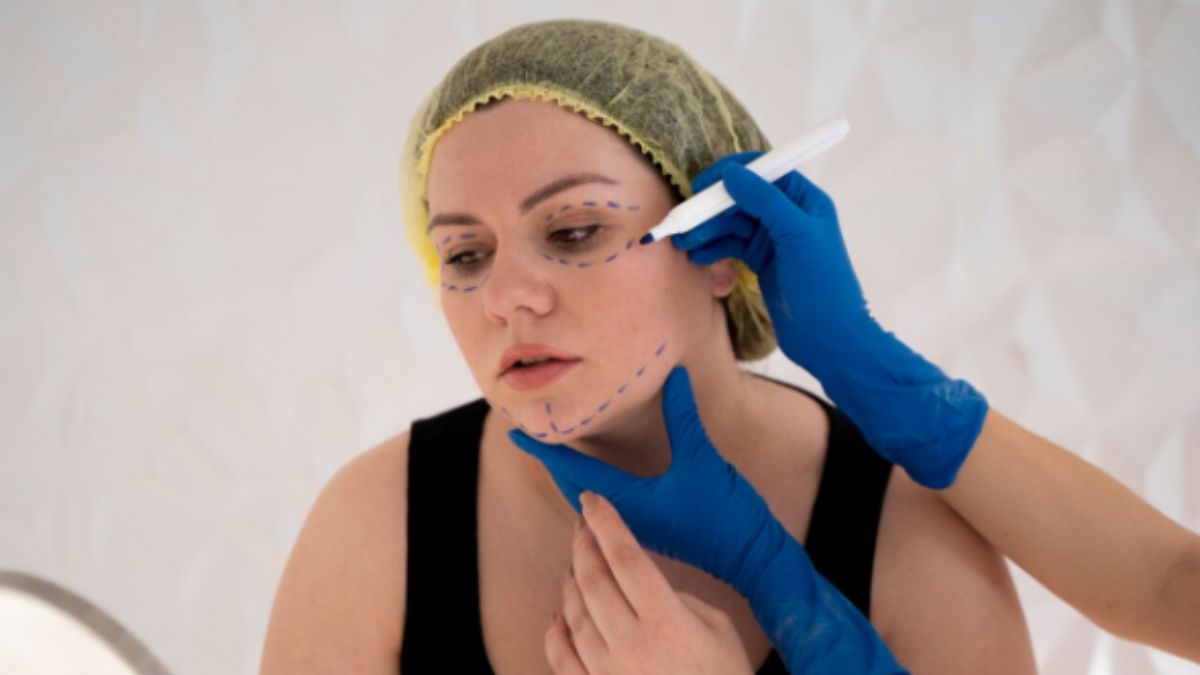Scars can really mess with your self-esteem. Most folks try to hide them under makeup or clothes, but honestly, that gets old fast. You want something that actually works for good, right?
Today’s treatments—like laser therapy, microneedling, and scar-specific creams—can seriously reduce how noticeable scars are, and the results can stick around.
Understanding Scars and Their Impact
Scars show up as your body’s way of healing after your skin gets hurt. They don’t all look the same, and some can change how you see yourself or even how you act around others.
Types of Scars and Causes
- Scars pop up for all sorts of reasons. Hypertrophic scars look raised and red, staying inside the original wound’s borders because your body made too much collagen while healing.
- Keloid scars go rogue and grow past the wound itself, turning into smooth, firm lumps. They’re especially common if you have darker skin.
- Atrophic scars leave little dents in your skin where tissue got lost—acne is a classic culprit. Contracture scars show up after burns, pulling the skin tight and sometimes making it tough to move.
- Stretch marks happen when your skin stretches too quickly—think pregnancy, big weight changes, or growth spurts. They look like streaky lines where the skin’s elastic fibers snapped.
Physical and Emotional Effects
Scars aren’t just about looks. They can itch, feel sore, or make it hard to move, especially if they’re near a joint. Contracture scars, in particular, can make your skin feel tight or like it’s pulling. On the emotional side, scars can really drag you down. Lots of people deal with lower confidence or even social anxiety when their scars are hard to miss. Some research links visible scars to higher depression rates and a dip in life satisfaction.
Kids and teens with obvious scars sometimes get picked on or stared at. Adults, too, say scars can mess with job prospects or relationships. How much scars bother you depends on where they are, how noticeable they are, and just your own headspace. Some folks end up hiding away or bundling up in long sleeves, no matter the weather.
Factors Influencing Scar Visibility
- Skin type makes a big difference. Darker skin tones tend to get more keloids and hypertrophic scars because of how melanin works.
- Age matters, too. Kids usually heal with less scarring, while older adults don’t bounce back as easily—their skin just isn’t as elastic or collagen-rich anymore.
- Where the wound changes everything. Scars on spots that move a lot—like shoulders, chest, or joints—often end up bigger or more obvious. Facial scars are hard to ignore, just because, well, they’re right there.
Other things that make scars stand out:
- How big or deep the wound is
- How fast it heals (slow healing usually means worse scars)
- Your genes (if your family gets keloids, you might too)
- Sun exposure (UV rays can darken scars and make them look worse)
Dermatology clinics offer advanced solutions for acne scar removal in Singapore. Among the most popular treatments is laser therapy, with fractional CO2 lasers standing out for their effectiveness. These lasers work by stimulating collagen production, helping to improve the appearance of different types of acne scars.
Microneedling uses tiny needles to poke the skin and kickstart healing. It’s a budget-friendly pick for rolling or boxcar scars and doesn’t keep you out of action for long. Chemical peels with glycolic or salicylic acid strip away damaged outer layers, making shallow scars less obvious. You can adjust how strong the peel is, depending on how deep your scars go.
For really deep scars, dermal fillers can lift sunken spots right away. They don’t last forever—usually 6 to 18 months, depending on what you use. Dermatologists in Singapore often mix and match treatments for the best results, since different scars need different approaches. You’re looking at S$300 to S$1,000 per session, and you’ll probably need a few rounds.
Proven Solutions for Scar Reduction
There’s a whole menu of scar treatments these days, from creams to medical procedures. Some are quick fixes, while others take more time and effort but can really make a difference.
Advanced Topical Treatments
Silicone sheets and gels are pretty much the gold standard for non-invasive scar care. They form a barrier that keeps scar tissue hydrated and helps balance out collagen. Most people notice changes after a couple of months if they stick with it.
Vitamin E creams and oils might help with small, new scars, but honestly, results are all over the map. They seem to work better if you catch scars early. Doctors sometimes prescribe retinol creams to speed up cell turnover, which can smooth out indented scars. You’ll want medical supervision, though, since these can irritate your skin. Products with onion extract, like Mederma®, might take down some inflammation and slow down excess collagen, but the results aren’t dramatic for everyone.
Medical Procedures and Laser Therapies
Fractional lasers break up scar tissue and boost new collagen. Most people go through three to five sessions, spaced out over several weeks, to see a real difference. IPL (Intense Pulsed Light) therapy goes after the redness in scars by targeting blood vessels under the skin. It’s especially handy for those dark marks left after inflammation.
Microdermabrasion sands off the top layer of skin, slowly fading surface scars over multiple visits. It doesn’t do much for really deep scars, though. Chemical peels use acids to strip away damaged skin, letting new cells grow in. You can go mild with glycolic acid or more intense with TCA peels, depending on what you need.
Long-Lasting Minimally Invasive Techniques
Microneedling pokes tiny holes in your skin, prompting it to heal itself. Studies show it can really help with indented scars after a handful of treatments, and you’re not out of commission for long. Dermal fillers give instant lift to sunken scars, making skin look smoother. They last anywhere from six months to a year and a half, depending on your body and the filler used.
PRP (Platelet-Rich Plasma) therapy takes your own blood, spins it to concentrate the good stuff, and injects it into scars to help them heal better. Subcision breaks up the tough bands under rolling scars, letting the skin pop back up. It works best when paired with other treatments.
Lifestyle Changes and Preventive Measures
Sun protection matters a lot when it comes to stopping scars from getting darker. Since scars don’t have melanin, they’re basically defenseless against UV rays. I always reach for a broad-spectrum SPF 30+ sunscreen and put it on every day, no excuses.
Staying hydrated and eating well really helps your skin heal. Foods loaded with vitamin C, zinc, and protein give your body what it needs to make new collagen. Some people find that massaging the scar boosts blood flow and might help soften up the tissue. Just use gentle, circular motions for 5–10 minutes a day—it’s simple, but it can make a difference in how flexible the scar feels.
If you start early, compression therapy with silicone sheets or special garments can help keep extra tissue from building up. Consistent pressure seems to work best before the scar has settled in.











